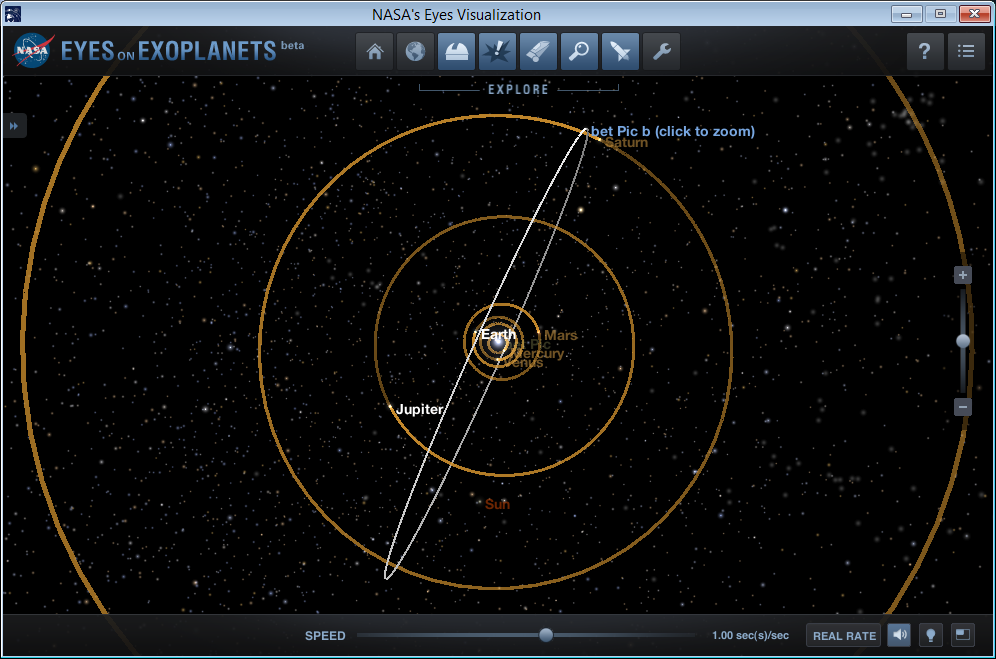NASA just announced another groundbreaking discovery regarding the history of Mars.
Data from the MAVEN spacecraft revealed how Mars loses 100 grams of its atmosphere every second.
Why? solar winds, and obviously solar storms, which increase the loss rate even more.

As explained in the official article from NASA:
[quote]The solar wind is a stream of particles, mainly protons and electrons, flowing from the sun’s atmosphere at a speed of about one million miles per hour. The magnetic field carried by the solar wind as it flows past Mars can generate an electric field, much as a turbine on Earth can be used to generate electricity. This electric field accelerates electrically charged gas atoms, called ions, in Mars’ upper atmosphere and shoots them into space.[/quote]
This is, of course, an extremely interesting discovery, which helps scientists to understand how Mars lost its atmosphere.
However, browsing my news feeds, I stumbled upon a good number of misleading headlines. This is not HOW Mars lost it’s atmosphere, it’s one of the responsible factors.



